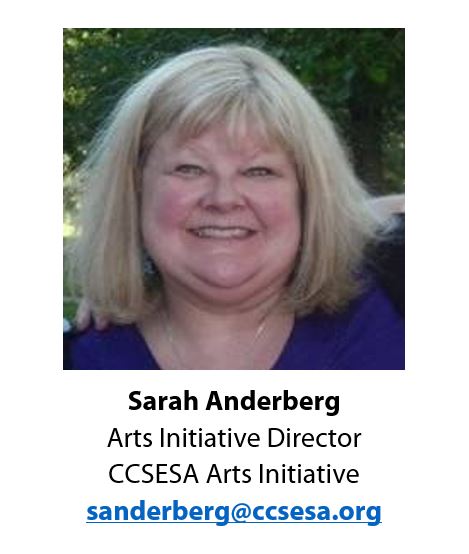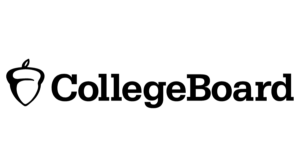CREATIVITY AT THE CORE
CCSESA Arts Initiative
The arts are back.
California is home to one of the highest concentration of creative people in the world, according to the California Arts Council, yet for decades our schools saw their funding for arts programs cut.
Now, a renewed focus at local, state and national levels on the value of the arts is turning things around. And one of the most exciting initiatives to bring arts resources back to our classrooms, Creativity at the Core, is taking a proactive approach to providing professional learning resources for educators.
Sarah Anderberg, Director of CCSESA’s Statewide Arts Initiative, said Creativity at the  Core “demonstrates how creativity connects with arts learning and California State Standards, including the Common Core standards,” helping students become “21st century learners who have the creative capacities to solve complex problems.”
Core “demonstrates how creativity connects with arts learning and California State Standards, including the Common Core standards,” helping students become “21st century learners who have the creative capacities to solve complex problems.”
The program grew out of a collaboration between CCSESA and CREATE CA, the statewide arts education coalition. It features the arts as an integral part of a comprehensive curriculum to help schools cultivate deeper learning and build multiple kinds of literacy, including reasoning, imagining, problem solving, dexterity, and many unique forms of expression. It is based on the belief that all California students deserve quality arts learning in dance, music, theater and visual arts as part of the core curriculum.
Creativity at the Core was developed through generous funding from the California Arts Council and The William and Flora Hewlett Foundation. This allowed CCSESA to fund the development of online modules that serve as a toolbox of arts learning resources to help school districts in providing professional learning opportunities for educators. Some models address the discrete arts disciplines and others provide models for interdisciplinary learning across the curriculum.
Regional teams supported the development of the Common Core-aligned arts learning modules in each of CCSESA’s 11 service regions. Each of these teams includes a county office arts lead and up to three local arts organizations. An additional four modules were created through cross-regional collaborations, for a total of 15 learning modules now available online to any educator in the nation.
Anderberg said that grant funding has been provided for two additional modules to be developed in 2015-16 which will focus on STEAM and Career Technical Education.
Each of the modules is customizable, Anderberg said, so educators “can take what they want to use and
repurpose it. We didn’t want a cookie-cutter approach. All of the resources can be used in a variety of contexts and settings.”
A central characteristic of both the Common Core and quality arts teaching and learning “is the focus on the development of innovation, artistry and creative thinking, and their application to solve real-world problems and issues in novel and imaginative ways,” according to a description of the program. The name Creativity at the Core came out of this intention.
Derek Fenner, arts representative from the Alameda County Office of Education, helped to create a module in partnership with the Teaching Arts Guild. “Our module, Creativity in Court and Community Schools, has provided an opportunity to expand our thinking of how we support community-based teaching artists and classroom educators to engage and inspire youth in the juvenile justice system,” Fenner said.
Teachers reflecting on their experiences using other learning modules to integrate dance and science had these comments:
• “I work in a Special Day Class for students with special needs, including autism. I was thrilled to see my students who have extreme difficulty with verbal communication skills be able to express their knowledge through music.”
• “I was amazed at how much the students remembered after putting movements to what they had learned.”
• “They (students) had to know the science concept well enough to be able to transfer their knowledge into creating the dance. Being able to visualize the concept made the writing process more meaningful for the students.”
Anderberg said, “We are grateful for the work of the regions, who have devoted so much time to the design and implementation of the modules. I am very inspired by the contributions of the county offices of education and their arts organization partners.”
In addition to the two funding sponsors, the initiative’s partners include the California Department of Education, CREATE CA, California Association for Bilingual Education (CABE) and Loyola Marymount University (LMU).
For more information:
• Find in-depth information about Creativity at the Core’s 15 professional learning modules.
• Creativity at the Core held a Summer Institute in August 2015. View the conference program to learn more about the program.
• Learn more about the CCSESA Arts Initiative.




